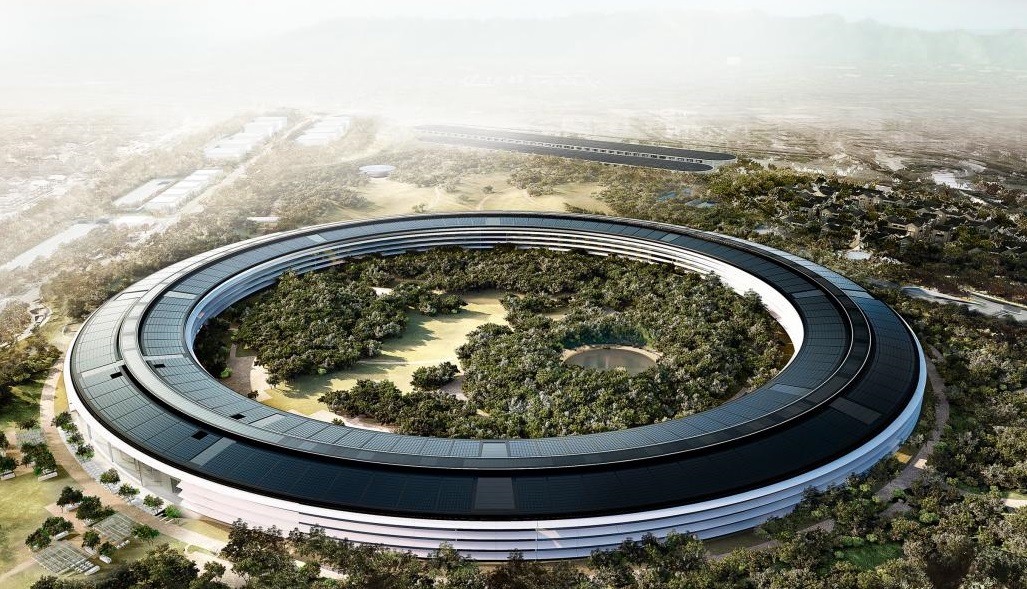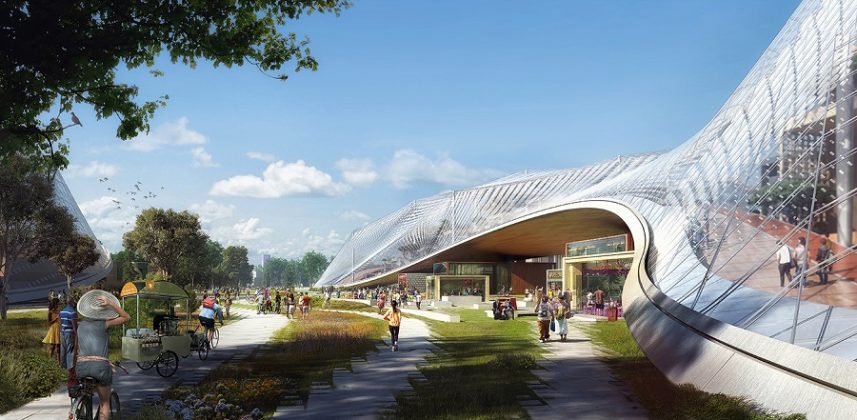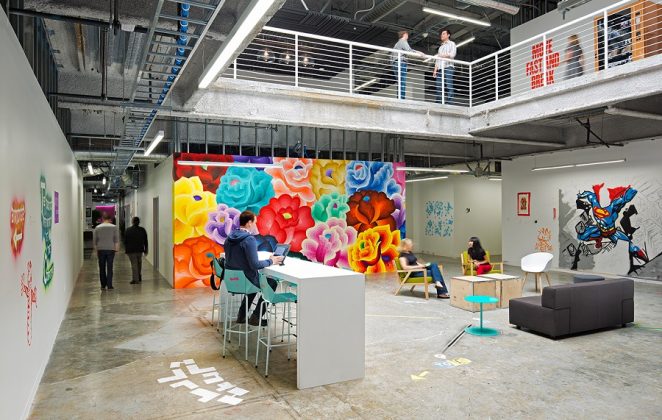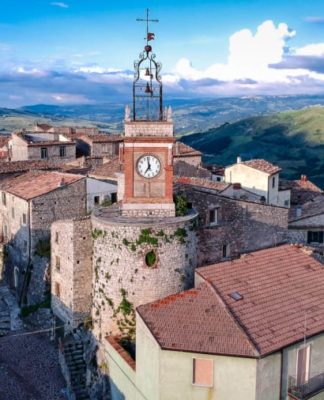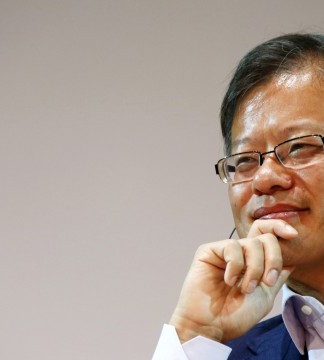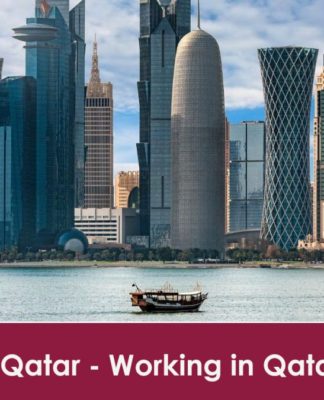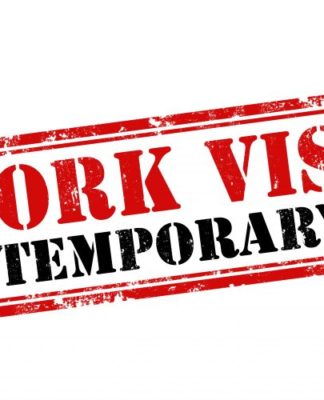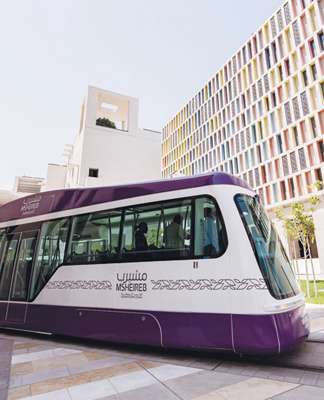Apple: The best office building in the world
VERSAILLES IN THE VALLEY
The world’s mightiest tech companies are building monuments to their success. What do their new HQs say about them?
Cupertino looks like many other small, drab cities in northern California, with serried houses and shopping centres. Later this year, however, it will become the only place to find Apple’s newest creation: the enormous ring which will serve as the technology firm’s headquarters (rendering pictured above).
Several months before he died in 2011, Steve Jobs, Apple’s founder and the mastermind of the project, predicted that the spaceship-like structure would become “the best office building in the world” and that people from everywhere would travel to see it.
To prove Jobs right, around 13,000 construction workers have laboured for years behind thick, high walls. The site spans several city blocks. Earlier this year, everything was hidden from view except cranes and a huge sand pile that rose a few hundred feet high, like the Great Pyramid of Giza. The scale of the project rivals the ancient Egyptians’ monuments. Every piece of glass on the four-storey exterior is curved, requiring special panes to be made in Germany – the largest pieces of curved glass ever manufactured. With a price tag of around $5 billion, it may be the most expensive corporate headquarters in history.
Jobs’s last public appearance was at a meeting of Cupertino’s city council at which he requested approval for the project. The building, which is designed by Norman Foster, a British architect, is both an ostentatious expression of Apple’s wealth and an elegant shrine to Jobs’s vision.
Huge swathes of green space will sit within and outside the circular building, recalling the lush orchards that blossomed in the area when Jobs was a child. Jonathan Ive, Apple’s chief designer, who helped craft the iPod and iPhone, has overseen the particulars with the painstaking rigour he applies to refining all the firm’s new gadgets.
“Silicon Valley is having its Versailles moment,” says Louise Mozingo, a professor at the University of California, Berkeley, and the author of a fine book called “Pastoral Capitalism” about corporate headquarters. Last year Facebook opened a new, 430,000-square-foot building in Menlo Park designed to embody the company’s informal culture. Resembling a giant warehouse, it is reputedly the largest open-plan office in the world. Meanwhile, Google is working on a zany idea for a new headquarters to replace its Googleplex, which involves constructing movable glass buildings.
Other technology companies, including Nvidia, Samsung and Uber, will, collectively, spend well over $1 billion on new buildings that broadcast their success.
These ambitious projects will transform a bland architectural landscape of generic-looking office parks. But they also mark a cultural shift for the Valley, whose ethos is to value garages (in which firms like Hewlett-Packard and Apple were born) over glitz.
Of all the projects in Silicon Valley, Apple’s is the grandest and – although it might not initially look it – the most traditional. In selecting Foster, who designed the futuristic-looking Wembley Stadium in London, Apple opted for a sleek, modern aesthetic. The building, which resembles a giant version of the button on an iPhone, will be as elegant and thoughtfully packaged as one of the company’s products. It will also be a bit sterile, like Apple’s minimalist stores. Random visitors will not be welcome on campus, and will be able to see it only from the observation deck of a separate building – fitting for a firm that is notoriously secretive.














